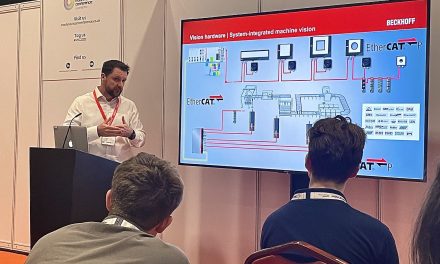The need for faster communication has driven the industry to look for new technologies, replacing radio frequency (RF) signals with photonics and optical cabling. As we are entering the new era of big data and Internet of Things, even higher capacity information transfer is being sought, bringing about the birth of free space communication.
Telecommunication in the back mirror
Many of you remember the nightmare of making a long-distance phone call in the 80s; the RF signals were routed via satellite, and sent through long-haul cables running across oceans and continents, making the communication costly and with long lag times. This drove the push to reinvent telecommunication through photonics in the 90s and, soon after that, our planet was traversed by optical cabling.
Back to the future
Photonics did its job, and communication all over the globe became a lot cheaper, faster and easier. However, as the need for data is growingexponentially, the industry has started to look to space once more, leading to a new generation of communication nodes made up of satellites sending information to each other through bundled laser beams. The signals are quickly sent through space, traversing the planet and relaying the message to stations on the ground. Aside from speed, free space communication has other benefits compared to RF signals; less power is consumed and, as the optical signal is highly focused, it is harder to intercept messages, making them more secure.
Need for accuracy and speed
Free space communication requires the laser beams to be perfectly aligned, anddelivered precisely on target even over long distances, whether that’s for satellite-to-satellite, ground-to-satellite or deep space transmissions. In addition, it is necessary to correct for drift and interferences, quickly re-aligning the beam when needed. For this to be possible, coarse positioning using the satellites’motion controls needs to be complemented by high speed fine steering systems. Piezoelectric or electromagnetic fast steering mirrors (FSM) are great candidates for this task, as they are compact and accurate, providing angular resolution down to nanoradians. Physik Instrumente (PI) is the market and technology leader for high precision positioning technology and piezo applications. The company’s fast tip/tilt mirror technology has been used in both terrestrial and space projects since the 90s, and its beam stabilization system is currently in use in the Solar Orbiter – a one-of-a-kind Sun-exploring spacecraft launched by NASA and ESA last year – meaning that PI is ideally positioned toaid the pioneers driving the development of innovative free space communication technologies.
Future
Although we have already come far in revolutionising communication and data transfer, there is always room for improvements. The vision is to connect everything – from cars and shipping containers to air-conditioning systems and elevators – through the Internet of Things, and to use artificial intelligence to promote greater efficiency and productivity, ultimately reducing energy use. In addition, as we venture further and further into space, we will need to develop more intricate ways of sending messages across exceedingly larger distances.
To learn more visit https://www.physikinstrumente.co.uk/en/expertise/markets/photonics/free-space-optical-communication/?utm_medium=content-text&utm_source=pn&utm_campaign=PIUK-PHO-FSO



